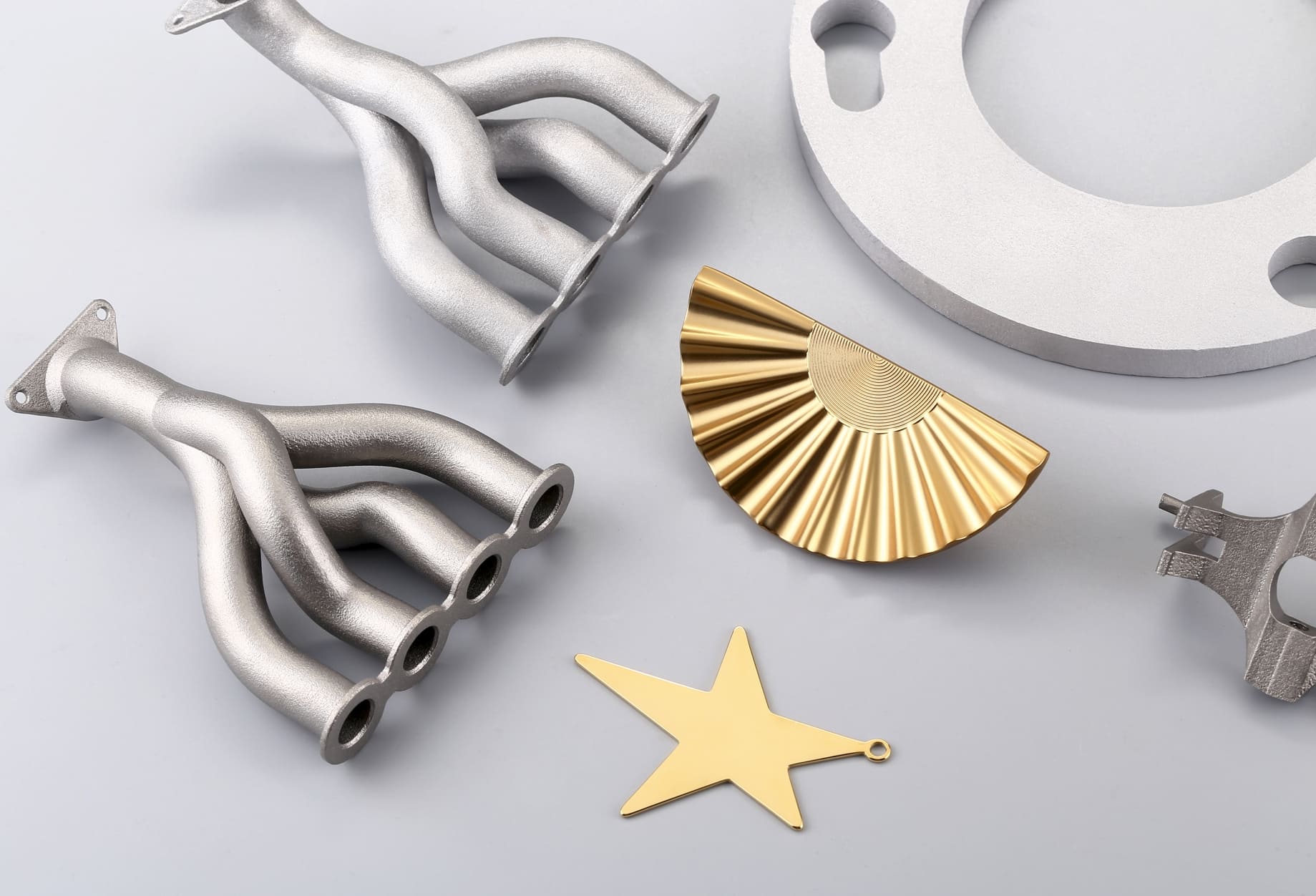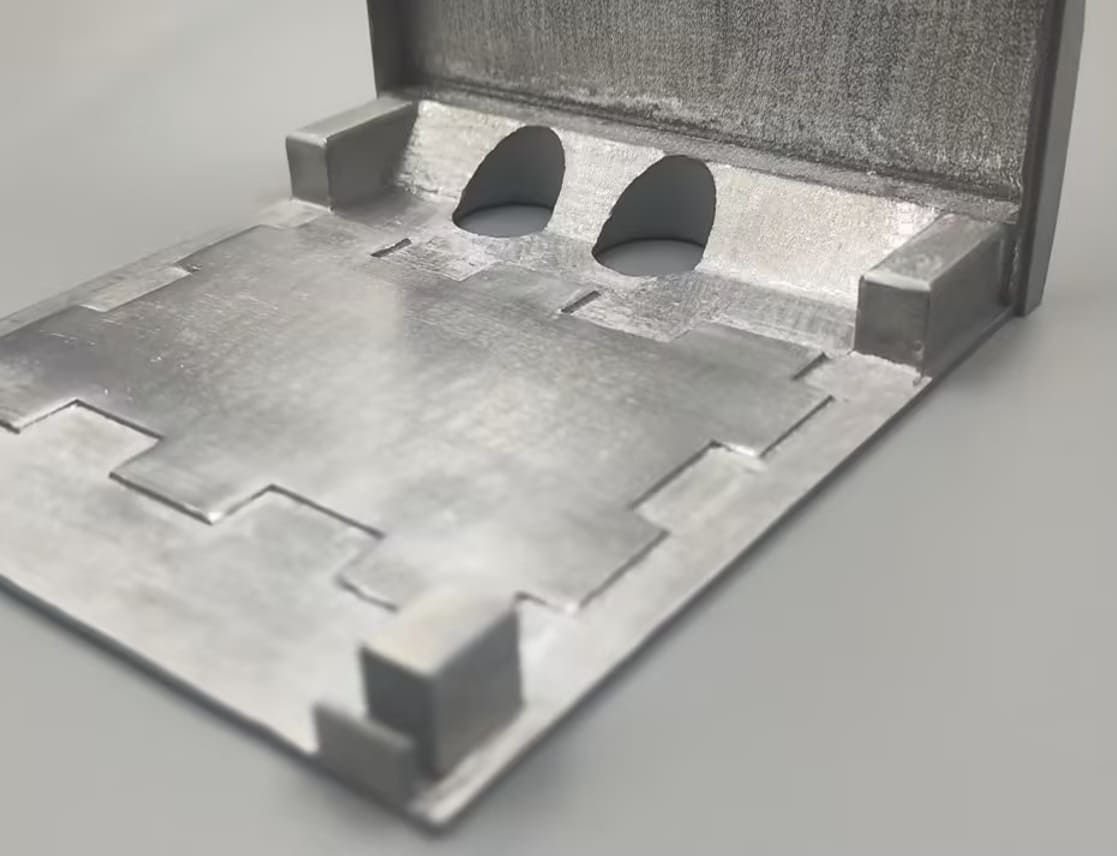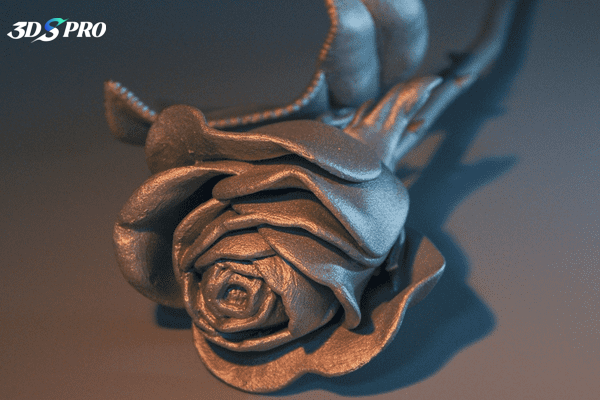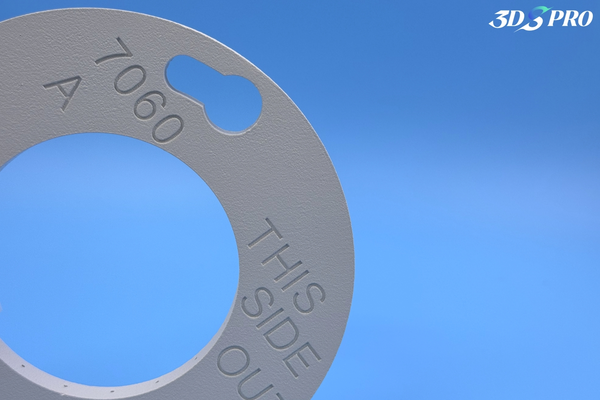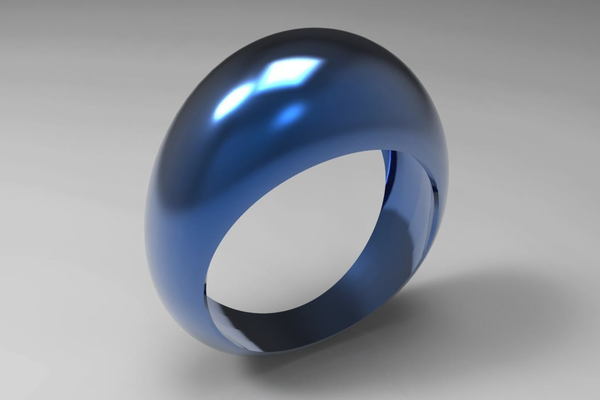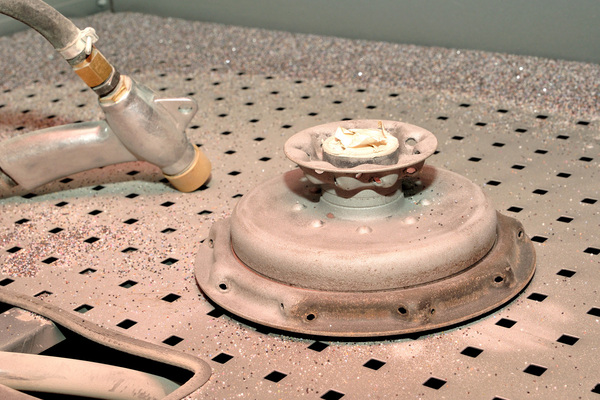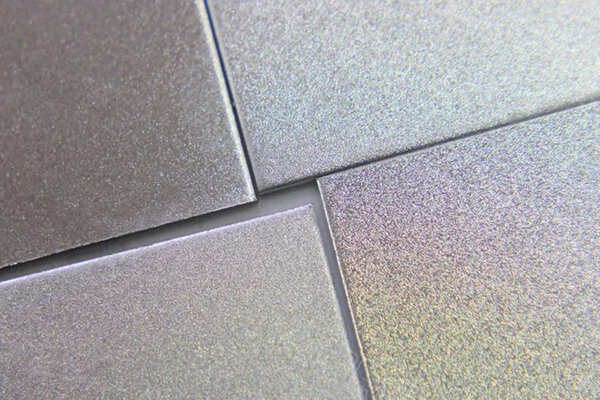What is polishing in post-processing for 3D printed parts?
Polishing in post-processing refers to the technique of smoothing and refining the surface of 3D printed parts to enhance their aesthetic and functional qualities.
Polishing involves the use of various abrasive materials, compounds, and tools to remove layer lines, surface imperfections, and rough textures that are inherent to the layer-by-layer construction method of 3D printing. By polishing, the surface finish of the parts is significantly improved, resulting in a smoother, more visually appealing, and often more functional component.
It is essential for applications where the final appearance, tactile quality, and performance of the part are critical. Polished 3D printed parts are often used in consumer goods, medical devices, aerospace components, etc.
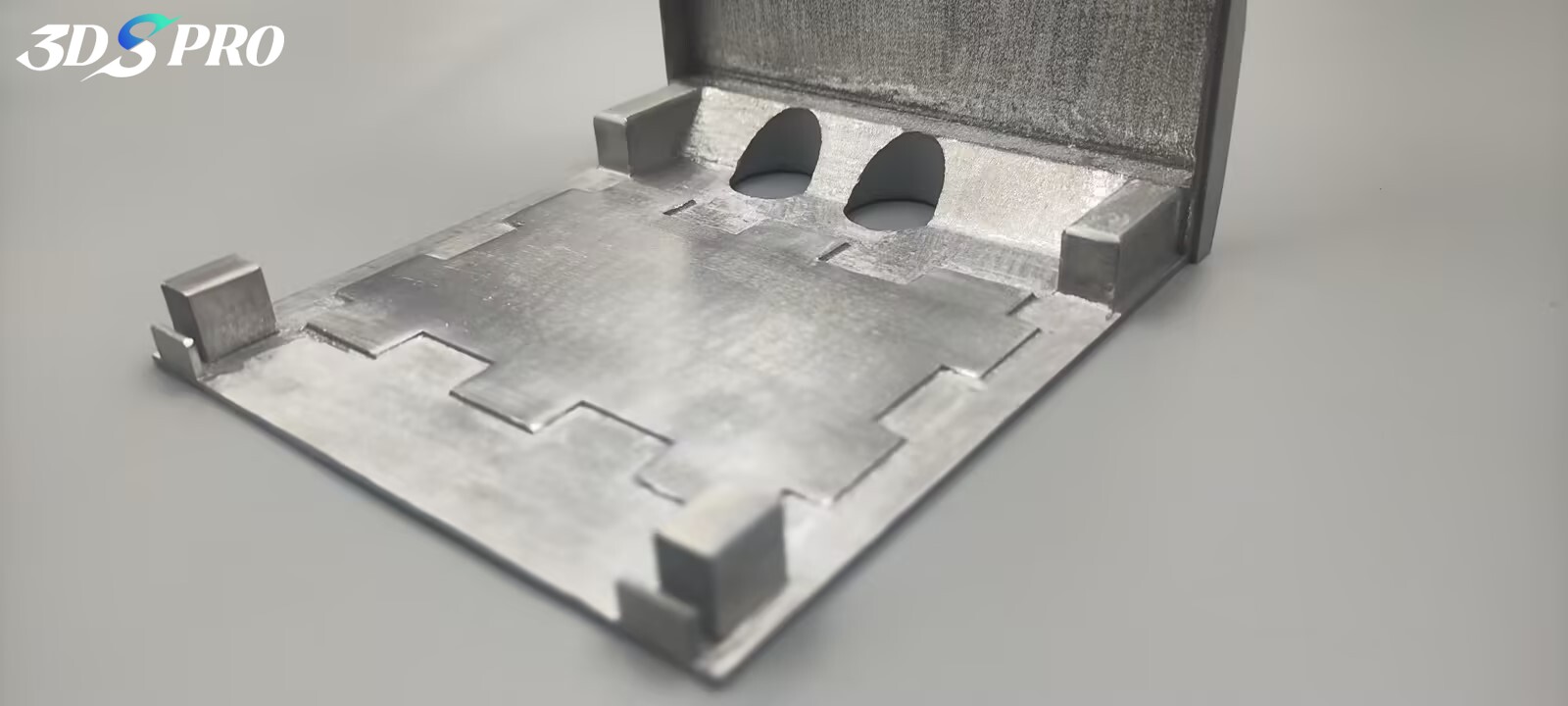
Polished 3D Printed Aluminum AlSi10Mg
Advantages of Polishing
Enhanced Aesthetics
Polishing significantly improves the appearance of 3D printed parts, giving them a smooth, shiny, and professional finish that is visually appealing.
Improved Surface Smoothness
By removing layer lines and surface imperfections, polishing results in a smoother surface that is more pleasant to touch and handle.
Better Functionality
Smoother surfaces can reduce friction and wear, enhancing the performance and longevity of mechanical parts.
Increased Durability
Polishing can help eliminate stress concentrators caused by surface roughness, thereby increasing the strength and durability of the parts.
Reduced Bacterial Growth
For medical and food-related applications, polished surfaces are less likely to harbor bacteria, making the parts more hygienic and easier to clean.
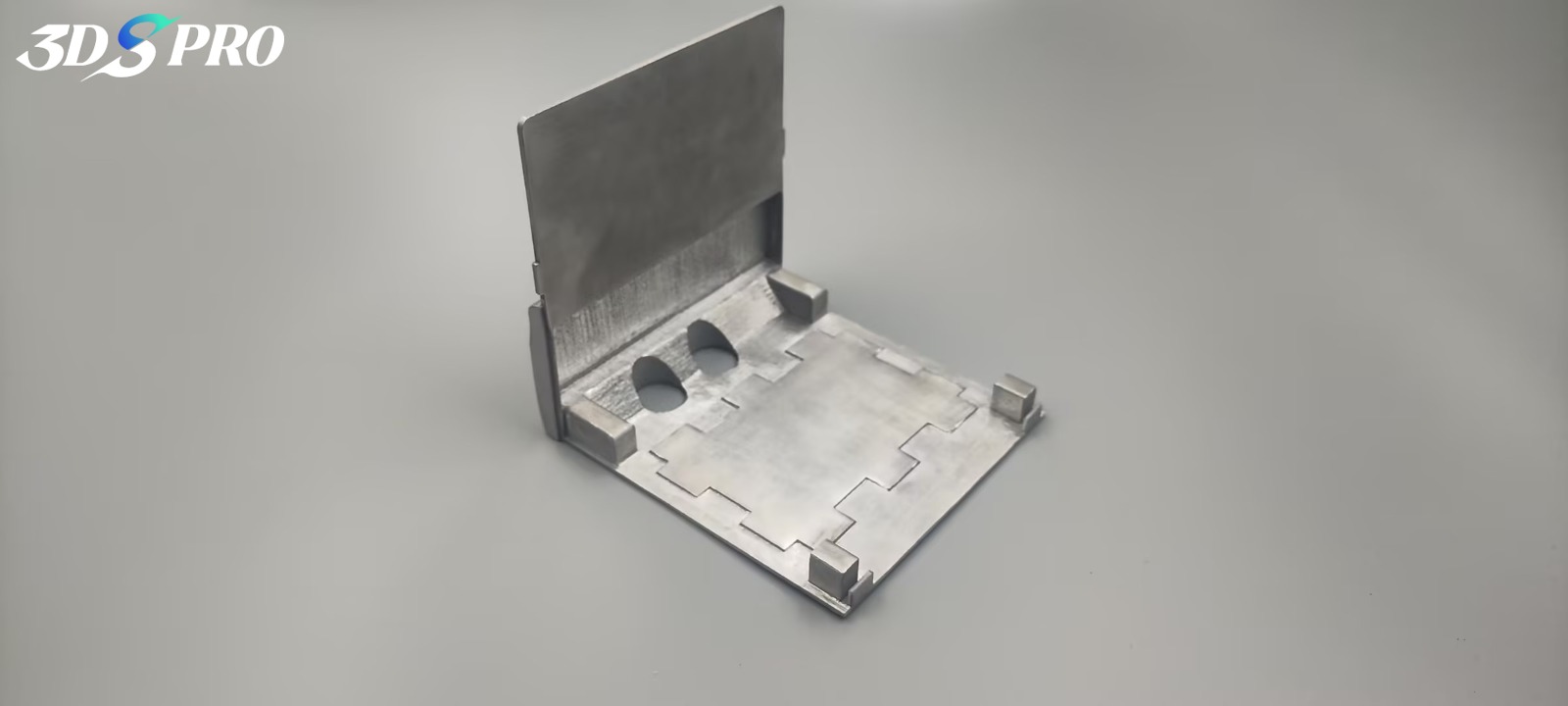
Types of Polishing
Polishing can be achieved through different methods, such as mechanical polishing, which uses physical abrasion, or chemical polishing, which involves the use of solvents or other chemicals to smooth the surface. The choice of polishing method depends on the material of the 3D printed part and the desired level of finish.
Mechanical Polishing
Mechanical polishing involves the use of abrasive materials and tools to remove surface imperfections and achieve a smooth finish physically. This process can be performed manually or with the assistance of machines, such as rotary tools and polishing wheels.
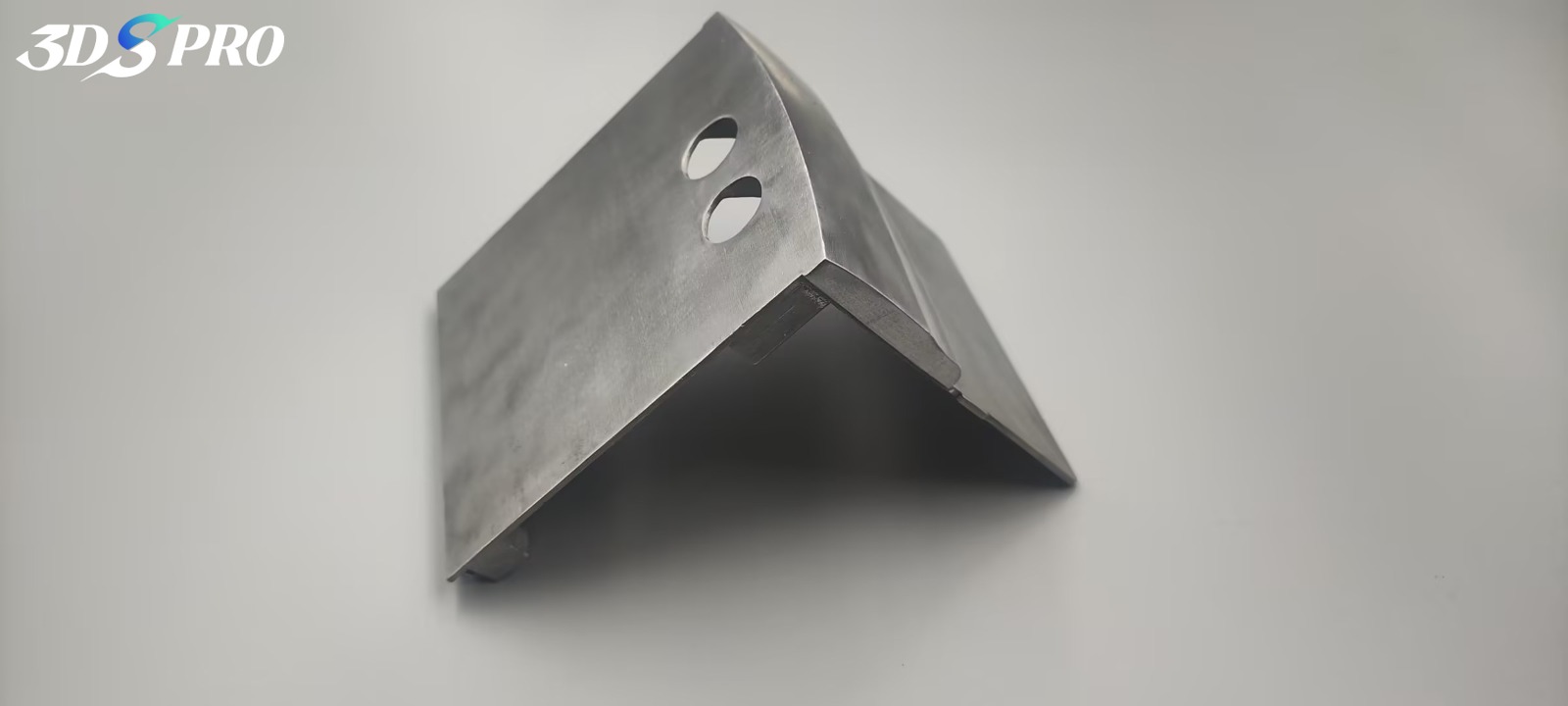
Mechanical polishing is suitable for a wide range of materials, including plastics, resins, and metals. It is particularly effective for achieving a uniform surface finish and enhancing the visual appeal of 3D printed parts. However, it requires careful handling to avoid over-polishing, which can lead to the loss of fine details and dimensional accuracy.
Chemical Polishing
Chemical polishing, also known as chemical smoothing, involves the use of chemical agents to dissolve a thin layer of the material's surface, thereby smoothing out imperfections. This process can be applied to various 3D printing materials, such as certain types of plastics and metals.
Chemical polishing is particularly advantageous for complex geometries and internal surfaces that are difficult to reach with mechanical polishing. It provides a consistent and smooth finish with minimal effort. However, it requires careful control of the chemical concentrations and exposure times to prevent excessive material removal and potential damage to the part.
Surface Roughness
Surface roughness in 3D printed parts is typically measured using parameters such as Ra (arithmetical mean deviation), Rz (maximum height of the profile), and Rq (root mean square roughness). These parameters are obtained using precision instruments like profilometers, which scan the surface of the part and provide detailed quantitative data about its texture.
Ra (Arithmetical Mean Deviation)
Ra measures the average deviation of the surface profile from the mean line, providing a general indication of surface roughness.
Rz (Maximum Height of the Profile)
Rz measures the vertical distance between the highest peak and the lowest valley in a sample length, giving insight into the extremes of surface roughness.
Rq (Root Mean Square Roughness)
Rq is the root mean square of the surface deviations, offering a statistical measure of the surface texture.
Industry standards, such as those set by ISO (International Organization for Standardization) and ANSI (American National Standards Institute), provide guidelines for acceptable levels of surface roughness based on the intended application. These standards help ensure consistency and quality across different parts and applications.
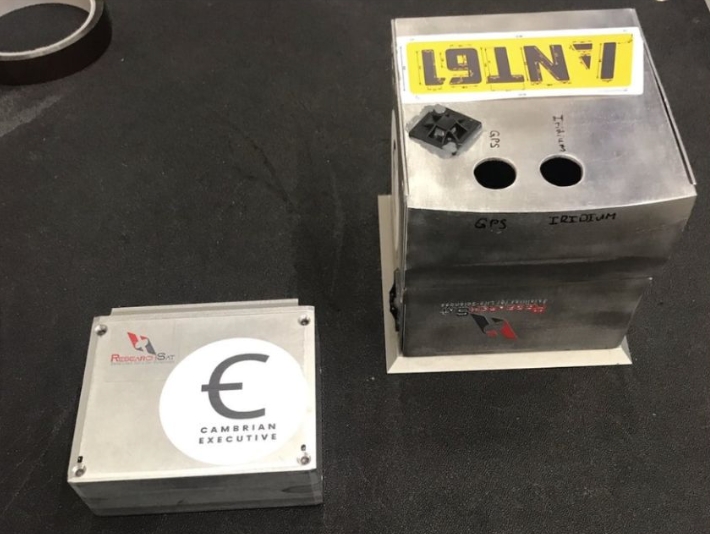
Design Considerations for Parts Need to be Polished
1. Surface Geometry
Design with surface geometry in mind. Avoid overly complex or intricate designs that may be difficult to polish evenly. Smooth, continuous surfaces are easier to polish and result in a more consistent finish.
Include allowances in the design for material removal. Polishing can reduce the dimensions of the part slightly, so it's important to factor this into the initial design.
2. Layer Height
Opt for a finer layer height during printing. This reduces the prominence of layer lines, making the initial surface smoother and easier to polish. While finer layers increase printing time, they significantly reduce the post-processing effort required.
3. Support Structures
Design support structures that are easy to remove and leave minimal marks on the surface. Ensure that support contact points are placed in areas that are less visible or critical to the final application.
Consider the ease of access to these areas for polishing. Ensuring that supports are designed with removal and subsequent polishing in mind can help maintain surface quality.
4. Wall Thickness
Maintain adequate wall thickness in the design. Thin walls can deform under the pressure of polishing, whereas thicker walls provide a stable base for achieving a smooth finish.
5. Internal Features
Be mindful of internal features that may be difficult to access for polishing. Design these features to be either self-finishing during the print or easily accessible for post-processing.
Include inspection and cleaning features such as holes or removable sections to facilitate thorough polishing of internal surfaces.
Polishing Services at 3DSPRO
At 3DSPRO, we specialize in providing high-quality polishing services for 3D printed metal parts, ensuring that your metal components achieve an exceptional level of smoothness and reflectivity. Our polishing process involves a meticulous multi-step approach to remove surface imperfections and achieve a flawless, high-gloss finish.
Whether you need polished 3D printed parts for consumer products, medical devices, or high-performance automotive parts, our mirror polishing services deliver exceptional results that meet the highest standards of quality and precision. By choosing our services, you can be confident that your products will look and perform their best.
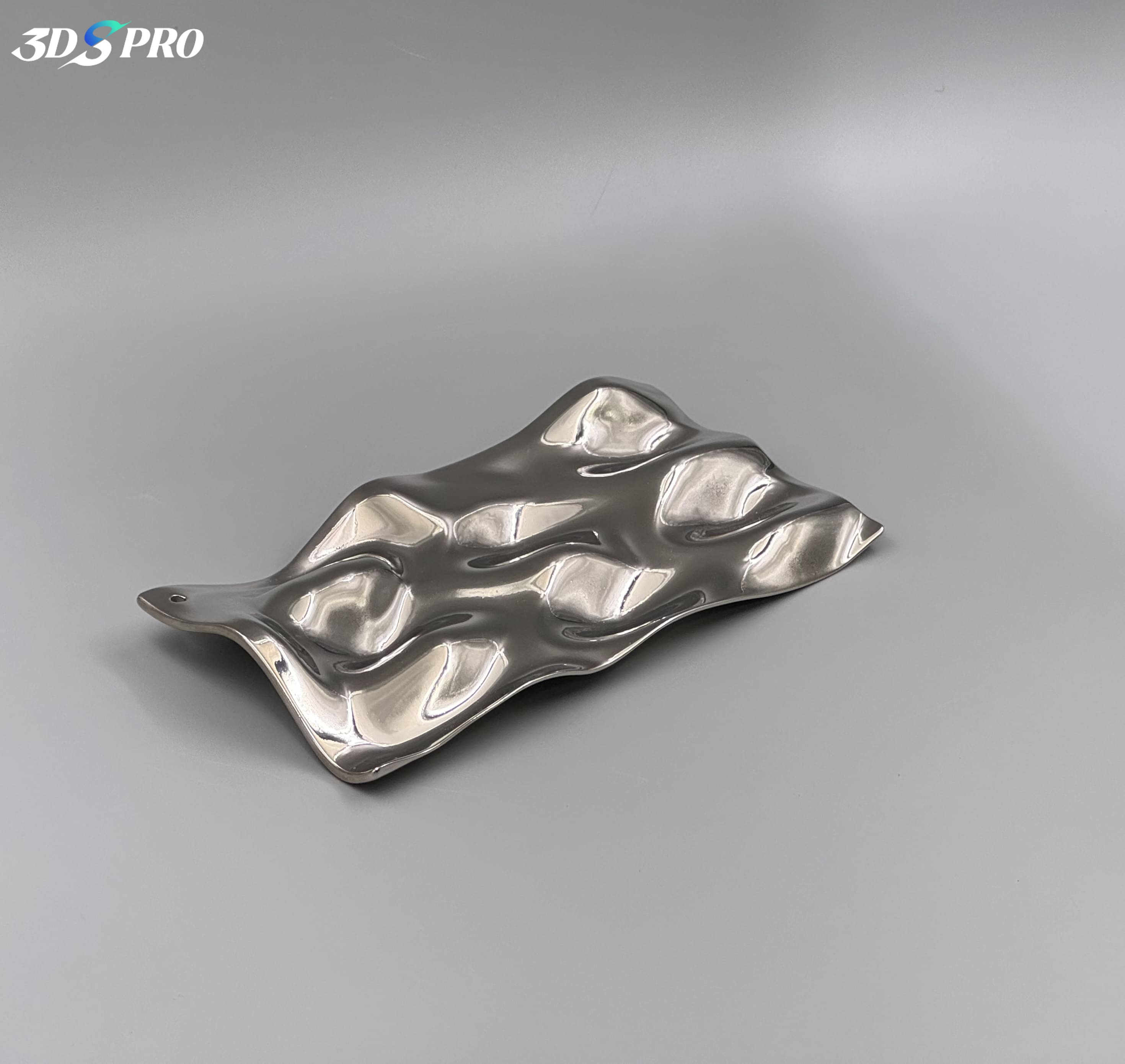
Polished 3D Printed Stainless Steel 316L












